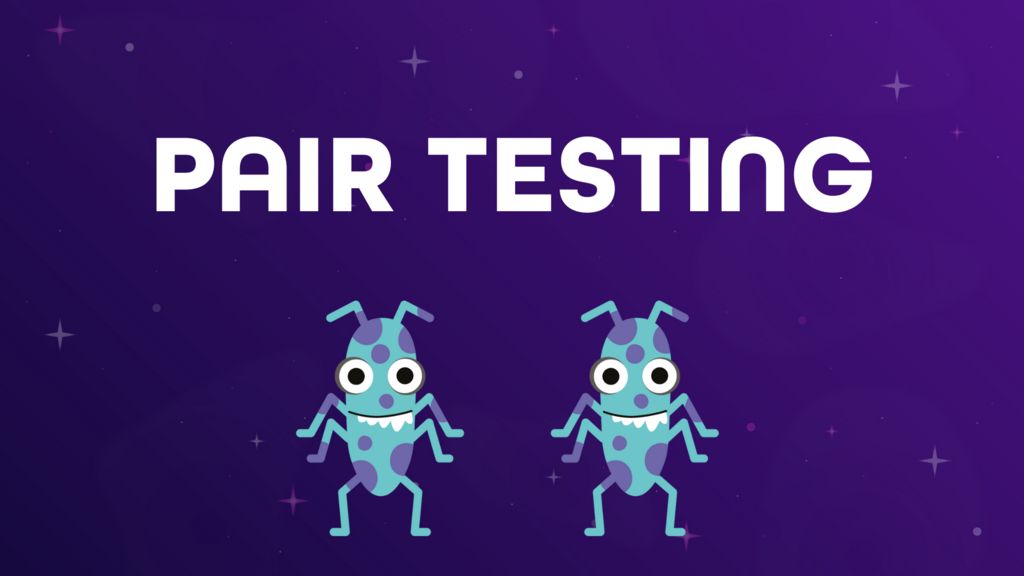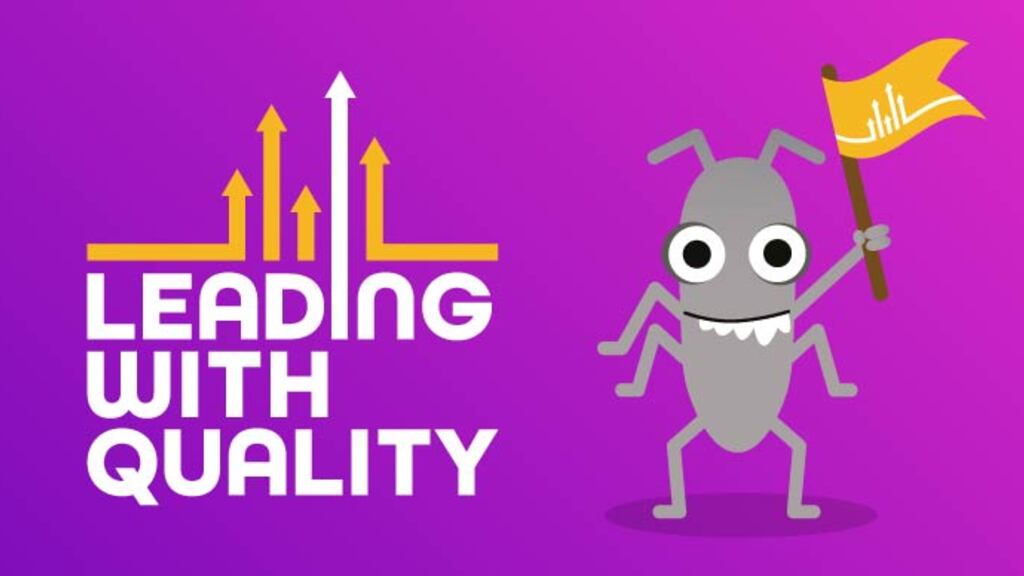What is pair testing
Pair testing puts two people together at one workstation to test software - usually a tester paired with either a developer or another tester. Like pair programming, it lets two minds tackle testing challenges together, combining their different skills and perspectives to find bugs more effectively.
Do you have any examples of pair testing?
There is no “right way” to implement pair testing. Here are a few examples that highlight different ways to go about it:
- New feature testing: A tester and developer explore a new shopping cart system together - the developer explains the implementation details while the tester probes for edge cases and usability issues
- Security testing: Two testers collaborate on testing login flows—one focuses on common paths while the other tries to break authentication
- Bug investigation: A developer-tester pair reproduces and investigates a complex bug, combining their expertise to understand and fix the root cause
Why is pair testing important?
Pair testing catches bugs faster and more thoroughly than solo testing. When testers and developers work together, they learn from each other's perspectives and skills. Developers better understand how their code gets tested, while testers gain insights into the technical implementation. This collaboration builds stronger teams and results in better software quality.
What challenges come with pair testing?
The biggest hurdles are scheduling and time management - it's harder to coordinate two people's time than one. Some team members might resist pair testing, seeing it as slower or less efficient than working alone. Success requires clear session goals, time boxes to maintain focus, and regular switching of pairs to share knowledge across the team.





